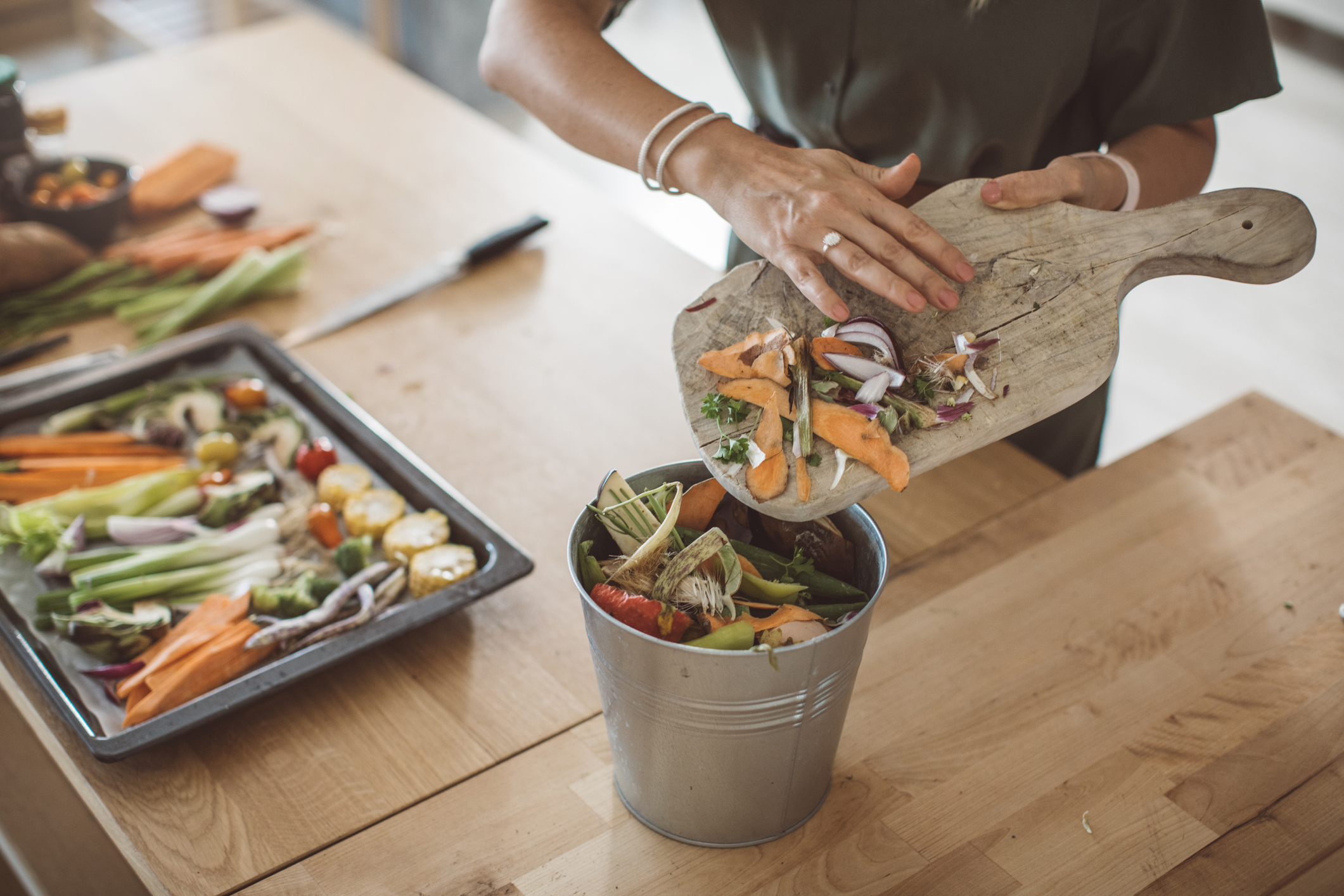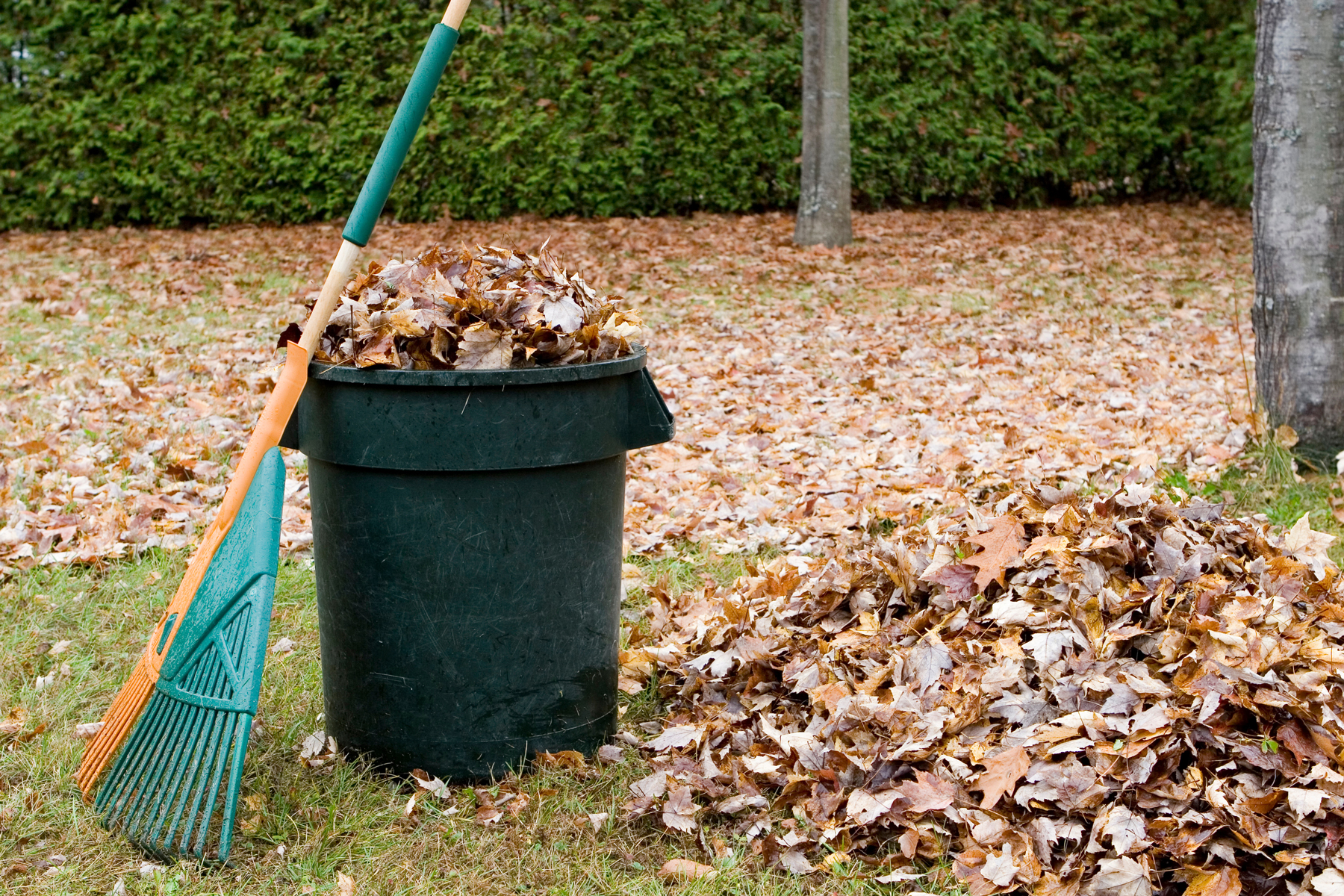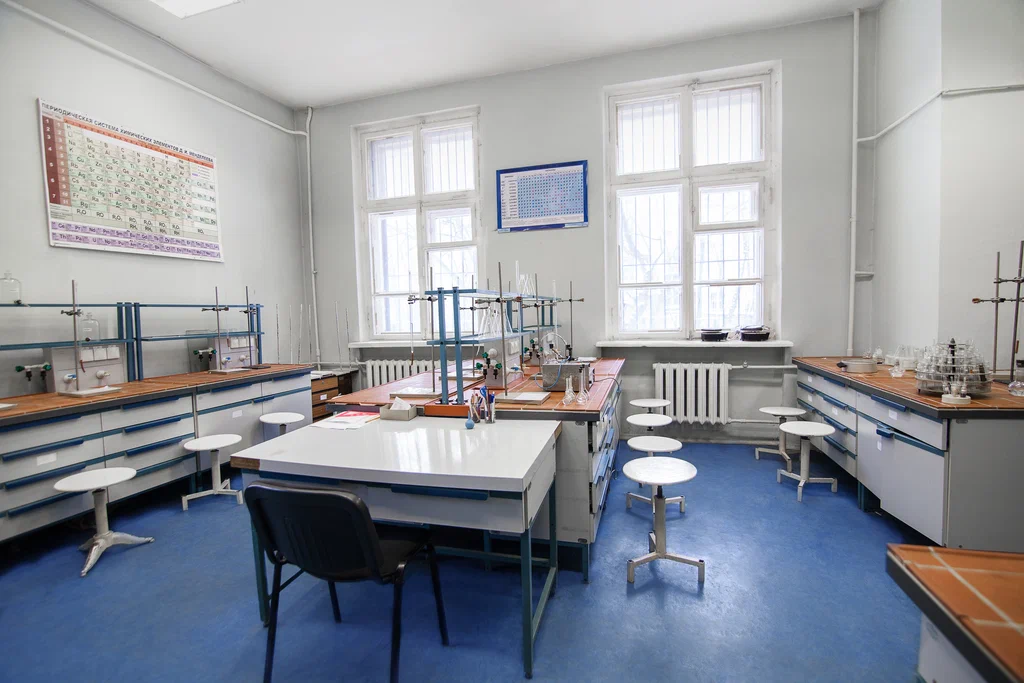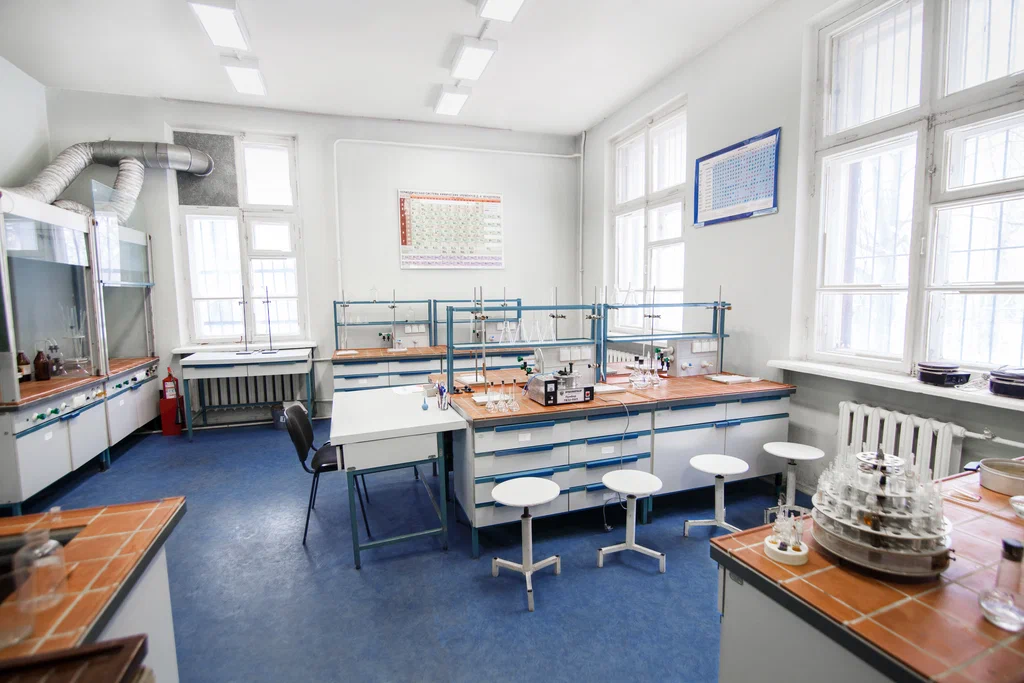| Type of waste | amuount (ton) | ||||
|---|---|---|---|---|---|
| total | reduced | reused | recycled | ||
| organic | 1169 |
114 |
185 |
688 |
|
| food waste | 591 |
67 |
124 |
307 |
|
| leaf, etc. | 124 |
12 |
16 |
34 |
|
| wastewater | 398 |
31 |
37 |
318 |
|
| etc. | 56 |
4 |
8 |
29 |
|



All hazardous waste (solid/liquid/gaseous) located on the University premises are initially sampled and sent to the University's toxicology laboratory. After the toxic substances are carefully studied in the laboratory, they are sent to the waste processing plant located in the city of Andijan. In the factory, according to the material and nature of the waste, it is sent to different workshops and processed and brought to a usable state. in this way, environmental pollution is prevented and the amount of unnecessary waste is drastically reduced.



Special bins are implemented in Andijan Machine-Building Institute. Each of them has its own function of recycling, plastic recycling bins, paper-recycling bins, finally yet importantly bins for unrecyclable litter. Other types of recyclable litter such as glass and aluminum is rarely used in our territory therefore, we see no necessity implementation of separate trash bins for them. However, since E-waste cannot be disposed of as a normal litter, we are now working on recycling Electronic waste.

Andijan Machine-building Institute supports paperless system to reduce paper in daily workplace. At the Andijan Mechine-Building Institute, measures were taken to drastically reduce the use of paper and reduce the amount of waste by transferring work with documents to an electronic system. It can reduce a lot of paper use that mean Andijan Machine-Building Institute can reduce CO2 emissions and save the world.

Inorganic Waste treatment in Andijan machine-Building Institute developed with “Eco Clean Trans” LLC together with others companies, had foreseen the installation of an inorganic waste collector in which WEEE (Waste Electrical and Electronic Equipment) could be gathered. The main scope of the project was to optimize, and generally improve, the recycle process of small WEEEs in order to recover valuable precious metals and rare earth elements, through a low impact pilot-project.
.jpg)